At home with Neri & Hu
Architectural super-pair Neri & Hu talk to us about what inspires them, what they are reading, and how they switch off
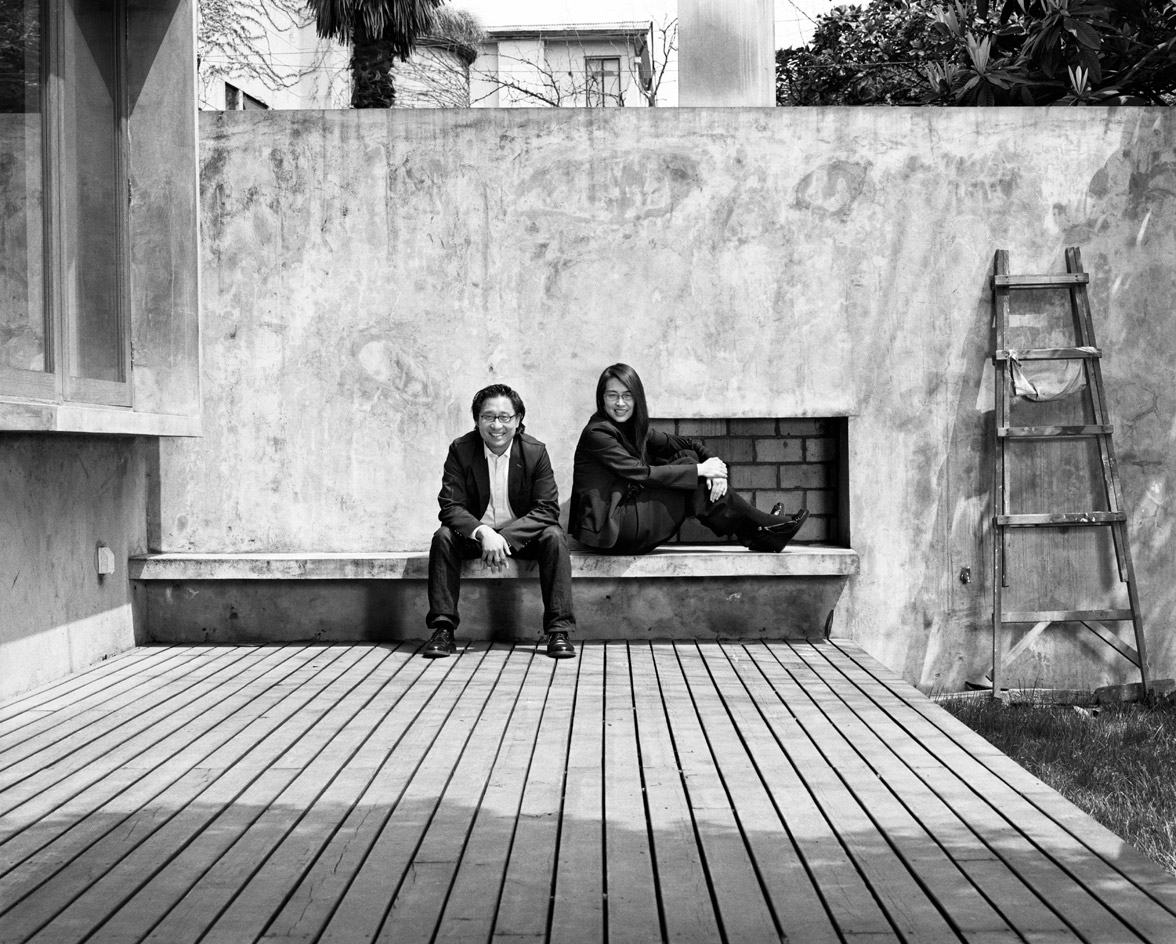
Architecture studio Neri & Hu has been a prominent creative force in the Shanghai built environment scene and beyond, ever since partners in work and life Lyndon Neri and Rossana Hu set up their joint practice in 2004. A recent exhibition at the Aedes Architecture Forum in Berlin neatly sums up their impressive portfolio under its theme, and wider umbrella of 'Reflective Nostalgia'. The two architects, who have worked internationally on anything from urban design, to cultural and hospitality buildings, product design, exhibitions, and more, have been prolific, while crafting their own, unique take on what contemporary architecture can be. Their building designs often bridge old and new – a point the exhibition makes too, looking at some 30 projects from the studio's portfolio. Works such as The Chuan malt whisky distillery and the Aranya Art Center are exemplars of their approach, offering a refined balance of space and materials, past and present, grace and strength. Here, we caught up with Neri & Hu to talk more about their work, life, and current obsessions.
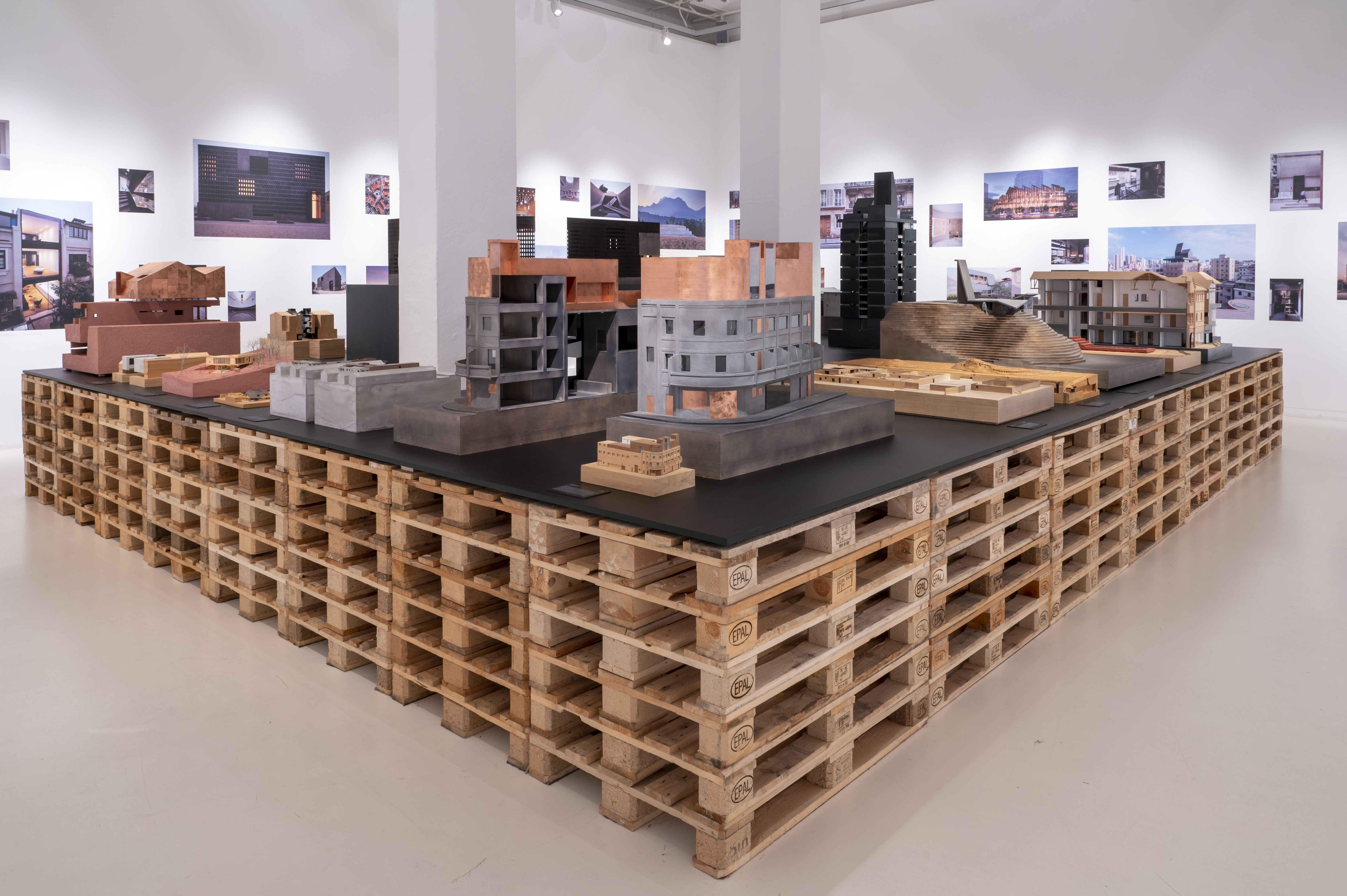
Neri & Hu's exhibition, 'Reflective Nostalgia' at the Aedes Architecture Forum in Berlin, Germany
At home with Neri & Hu
W*: Where are you at the moment? What can you see?
RH: Sitting in my backyard working. I see my newly paved red brick patio, with two abandoned structures that flank my house which needs updating, my neighbours windows, trees, fallen leaves, and a pot of basil that’s probably already dead.
LN: I am back in Shanghai staying in a government mandated quarantine hotel. Day four. Another six days to go. I see the Shanghai skyline with its complexity and contradiction.
W*: What's the last phone call you made?
RH: I talked to my mother in San Diego about her back problem, my work, the war, and political tension we see around the world.
LN: To my parents making sure they are eating properly.
Receive our daily digest of inspiration, escapism and design stories from around the world direct to your inbox.
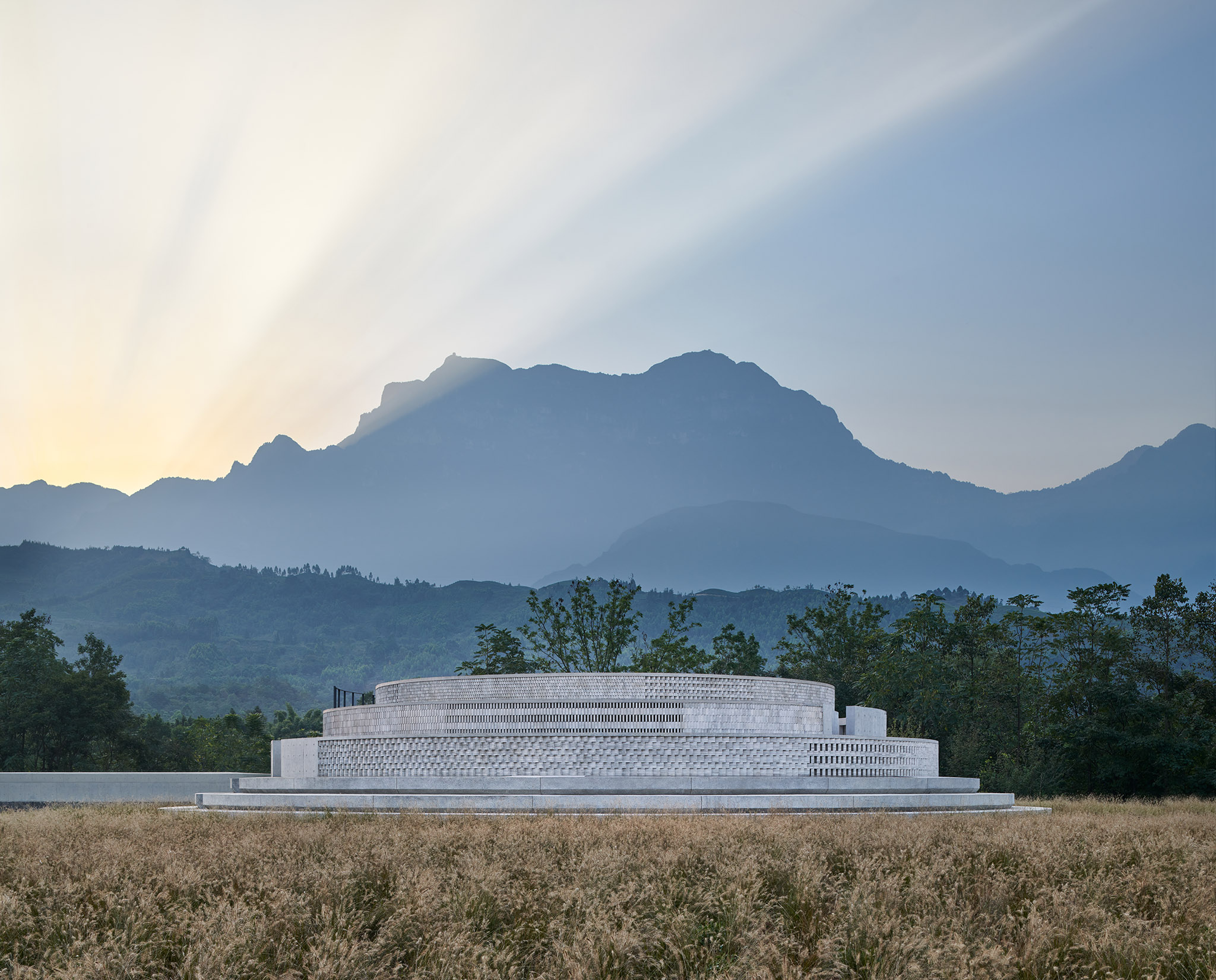
The Chuan malt whisky distillery
W*: The last object you lost? Will you replace it?
RH: Frankly, I may have lost something recently but I don’t yet know what, exactly, since I don’t quite remember what I have and where I keep my things. The last memorable lost item was a gold earring I bought from Paris; it was one of my favourite earrings, and I wore it to a party one night. Returned home very late, and I remember taking it off in bed and putting it in a bamboo box where I keep my tissue paper. I thought that by putting it in the box I would not lose it. However, I completely forgot I placed it in the box, and when I was cleaning a few days later, I took a few tissues to wipe a surface then threw it away. Weeks after, when I was looking for the earring, I realized that I must have thrown it away with the tissue papers. No, I don’t think I will replace it.
LN: My Yohji Yamamoto beanie wool hat. Yes [I'd like to replace it], but probably hard as it is an old model.
W*: Where and when do you find you are most productive?
RH: At night, right before going to bed, my mind is the clearest and my surrounding is the quietest without disturbance. This is when I do the best thinking and writing.
LN: At home and at night.
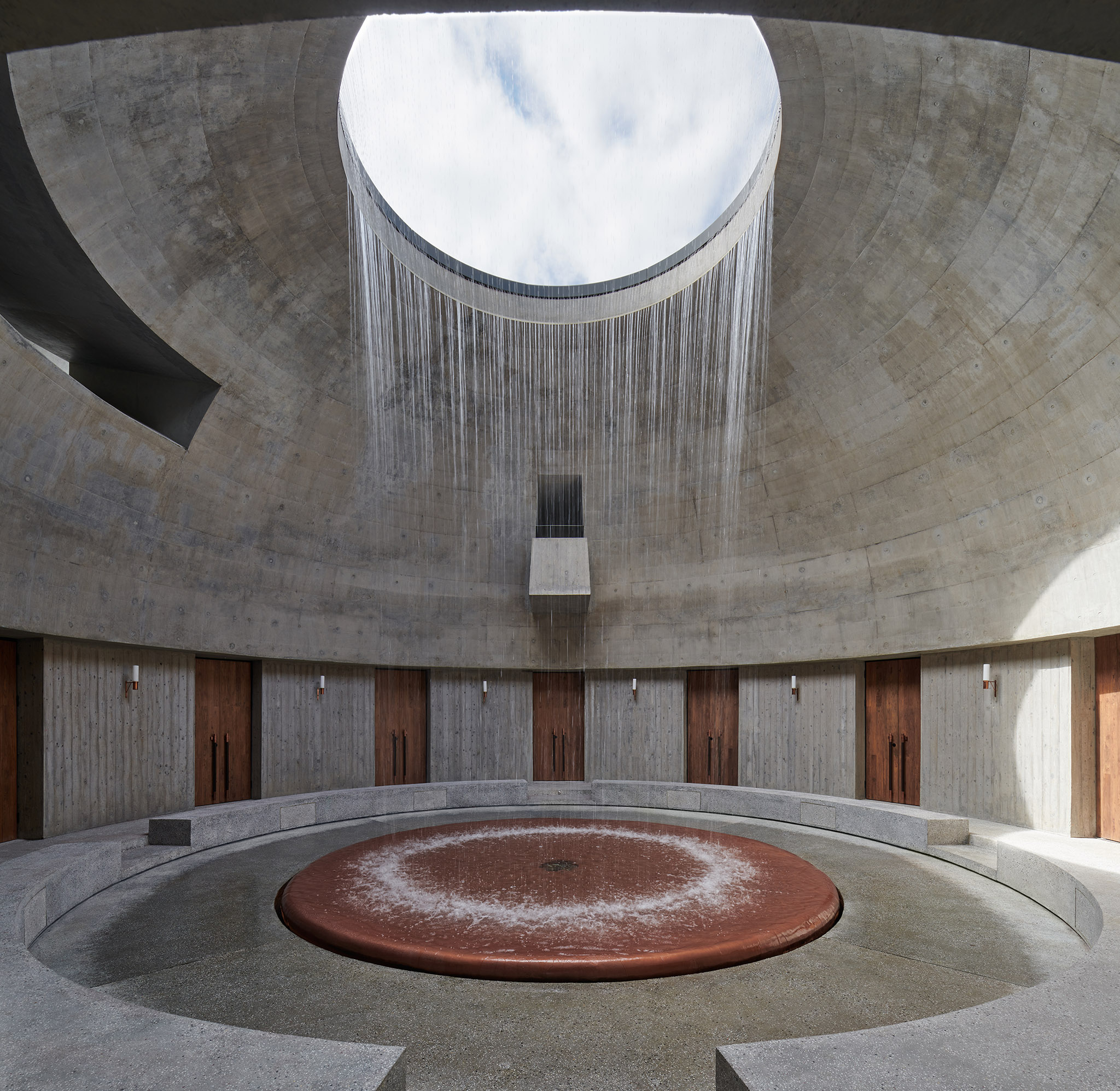
The Chuan malt whisky distillery
W*: Favourite place, anywhere in the world? And why?
RH: No one favorite place, but it’s where my family is. Right now I am quite enjoying being home in my own house in Shanghai.
LN: Our lane house in the French concession right in the middle of Shanghai. There is a small garden that makes this place special and magical.
W*: What's the one thing (in your creative field) you wish you had designed or invented?
RH: A cemetery.
LN: Paper clip
W*: Ten years from now you'll be…
RH: Teaching and practising architecture, as I am doing now, but have better projects than now, and have more insights to offer my students.
LN: Doing exactly the same but hopefully doing more meaningful and public and community-related projects.
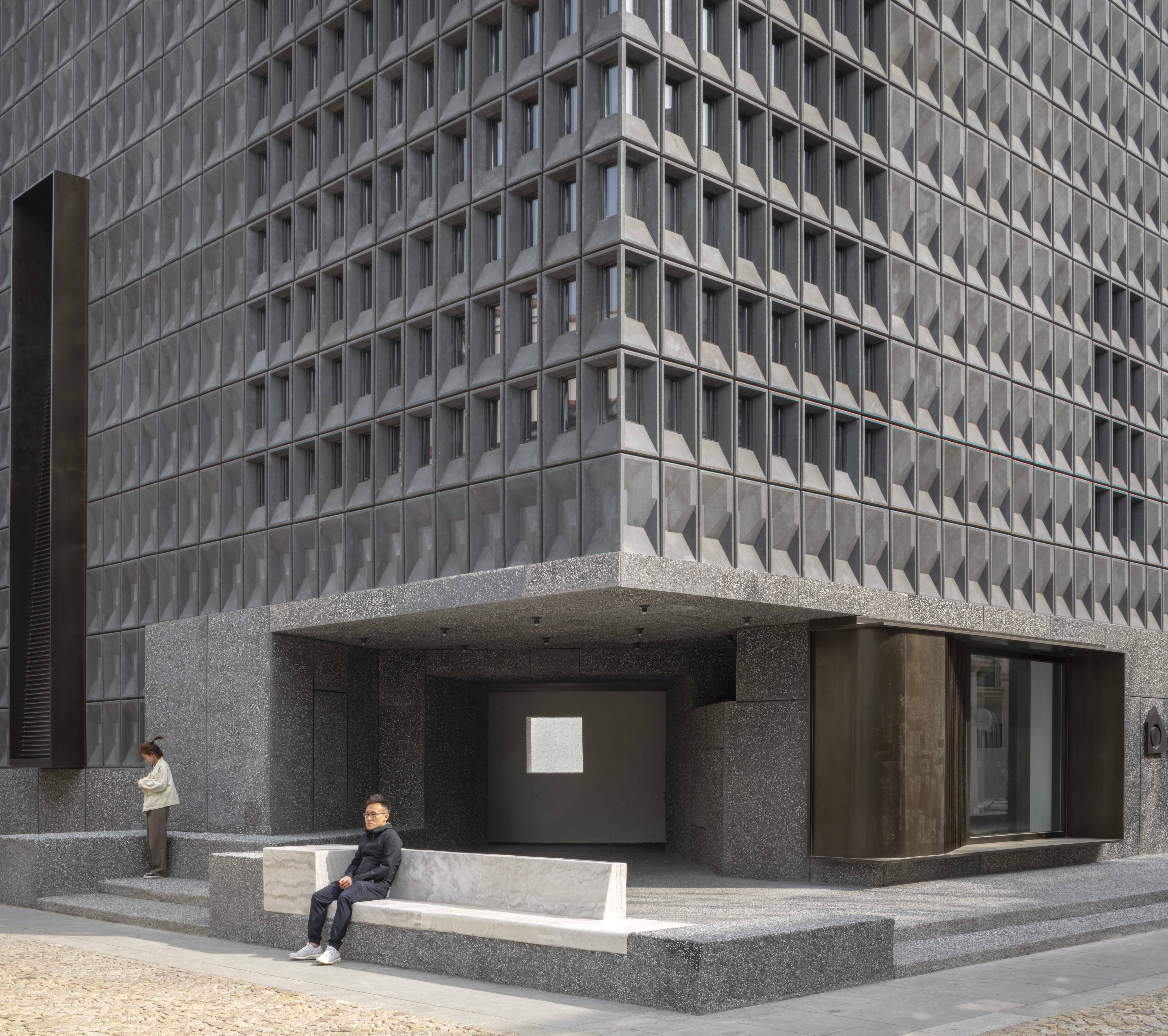
Aranya Art Center
W*: What are you reading, and what do you think of it?
RH: I read many books at once, before finishing with one I move on to others then come back and finish the rest. Right now a fascinating one is a biography of Freud, I picked it up when visiting Freud’s apartment/museum in Vienna a few months ago. Also As I Lay Dying by Faulkner… been on this one for months now.
LN: On Earth We’re Briefly Gorgeous by Ocean Vuong.
W*: What's inspiring you right now?
RH: Chinese art history.
LN: Teaching. We have been teaching both at Harvard and Yale the past four years and it has been reinvigorating to see many young talents.
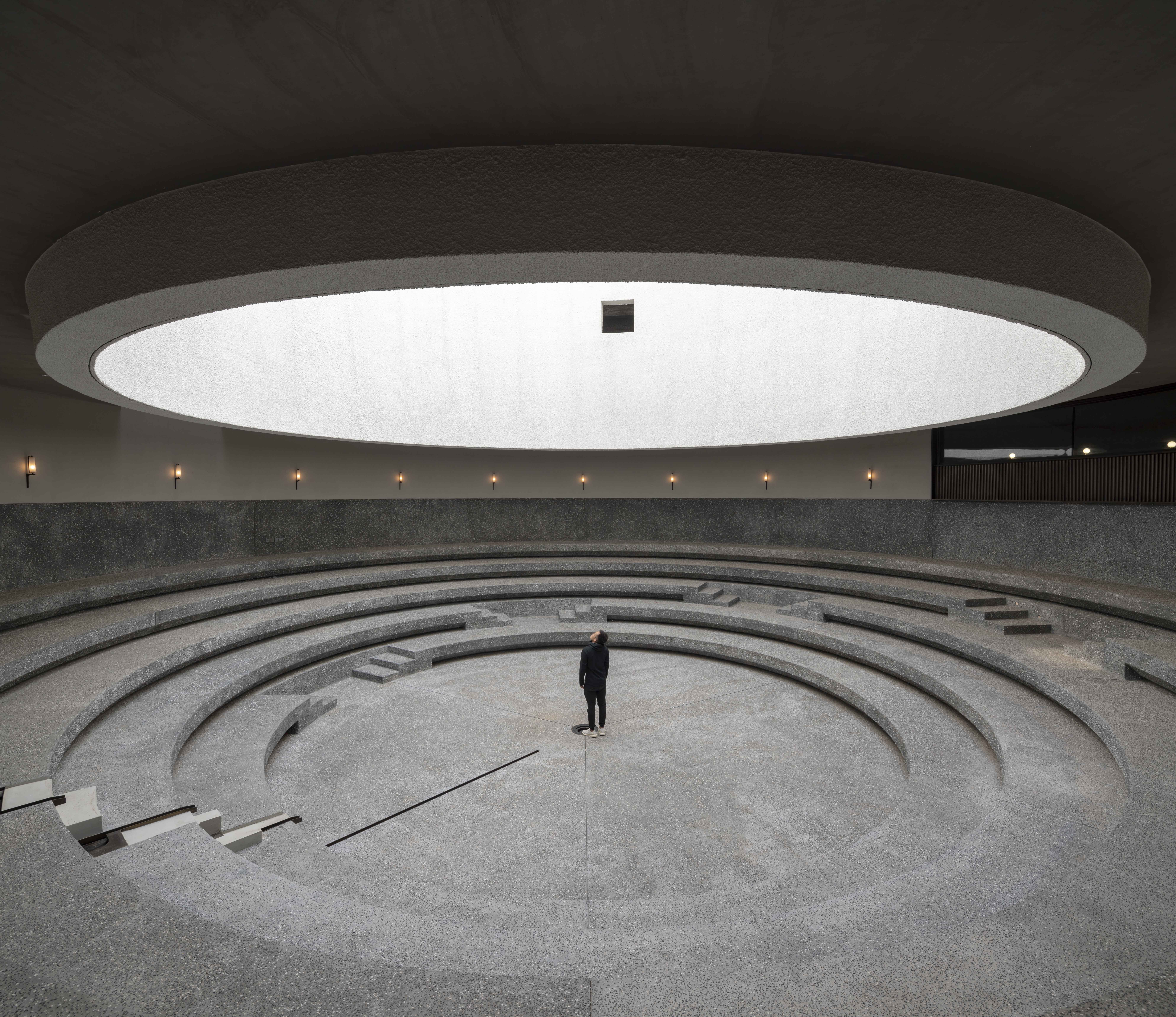
Aranya Art Center
W*: How do you switch off? Do you switch off?
RH: Music. Especially live concerts. A recent fascination has been TV drama based on historic figures. I feel I’m getting a healthy dosage of pseudo-historic lessons plus intriguing dramatic fabrications.
LN: Meditate on the word of God and pray.
W*: Favourite material to work with and why?
RH: Re-used wood. Natural material that has its own character, personality, individuality, and life.
LN: Brick. The idea that a block of brick can be so basic and simple but can be quite complex and allow many possibilities when combined together and seen as a collective.
W*: What one piece of advice would you give to the next generation?
RH: In everything you do, remember that 'giving is more meaningful than taking'.
LN: Humility is one of the hardest traits to learn but the most powerful force to have for the creative mind.
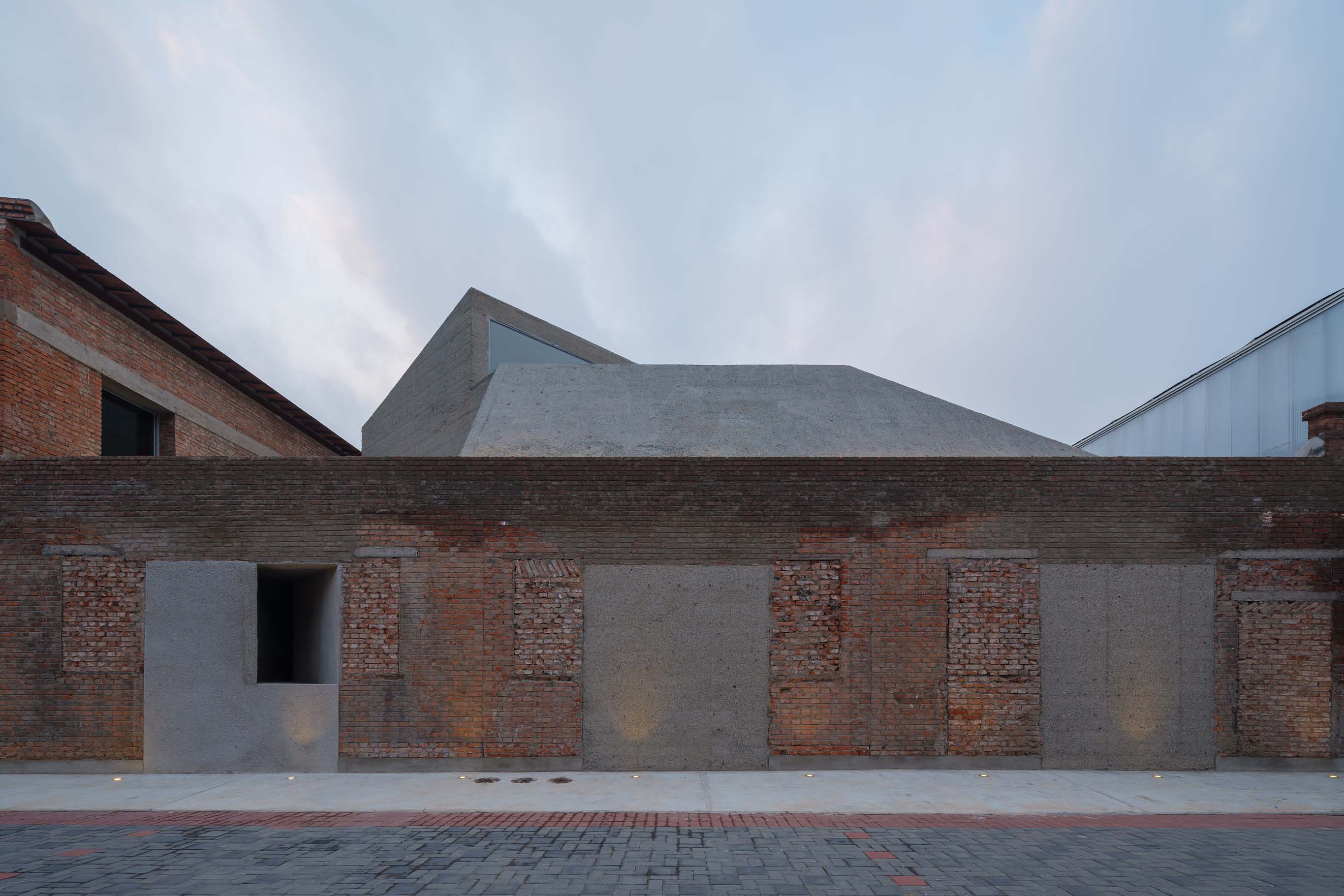
Lao Ding Feng, Beijing
W*: What's been your biggest failure and what did it teach you?
RH: Hard to identify one thing that’s the biggest failure, but one regret is that when the kids were younger we didn’t spend more time at home because the design office was just starting off and we travelled too much for work during those years. What it teaches me is that time with loved ones is more important than any one project or any important meeting. Keep our eyes on things of eternal value rather than temporary gain is what I keep reminding myself now when I make decisions on how to plan my time.
LN: Not being able to spend as much time with my kids when they were younger. It taught me to treasure my time with them right now.
W*: Who is your dream collaborator?
RH: Artists/architects from different periods of history.
LN: My partner.
W*: If you weren't an architect, what would you have been?
RH: Maybe a teacher or a writer.
LN: Painter.
Ellie Stathaki is the Architecture & Environment Director at Wallpaper*. She trained as an architect at the Aristotle University of Thessaloniki in Greece and studied architectural history at the Bartlett in London. Now an established journalist, she has been a member of the Wallpaper* team since 2006, visiting buildings across the globe and interviewing leading architects such as Tadao Ando and Rem Koolhaas. Ellie has also taken part in judging panels, moderated events, curated shows and contributed in books, such as The Contemporary House (Thames & Hudson, 2018), Glenn Sestig Architecture Diary (2020) and House London (2022).
-
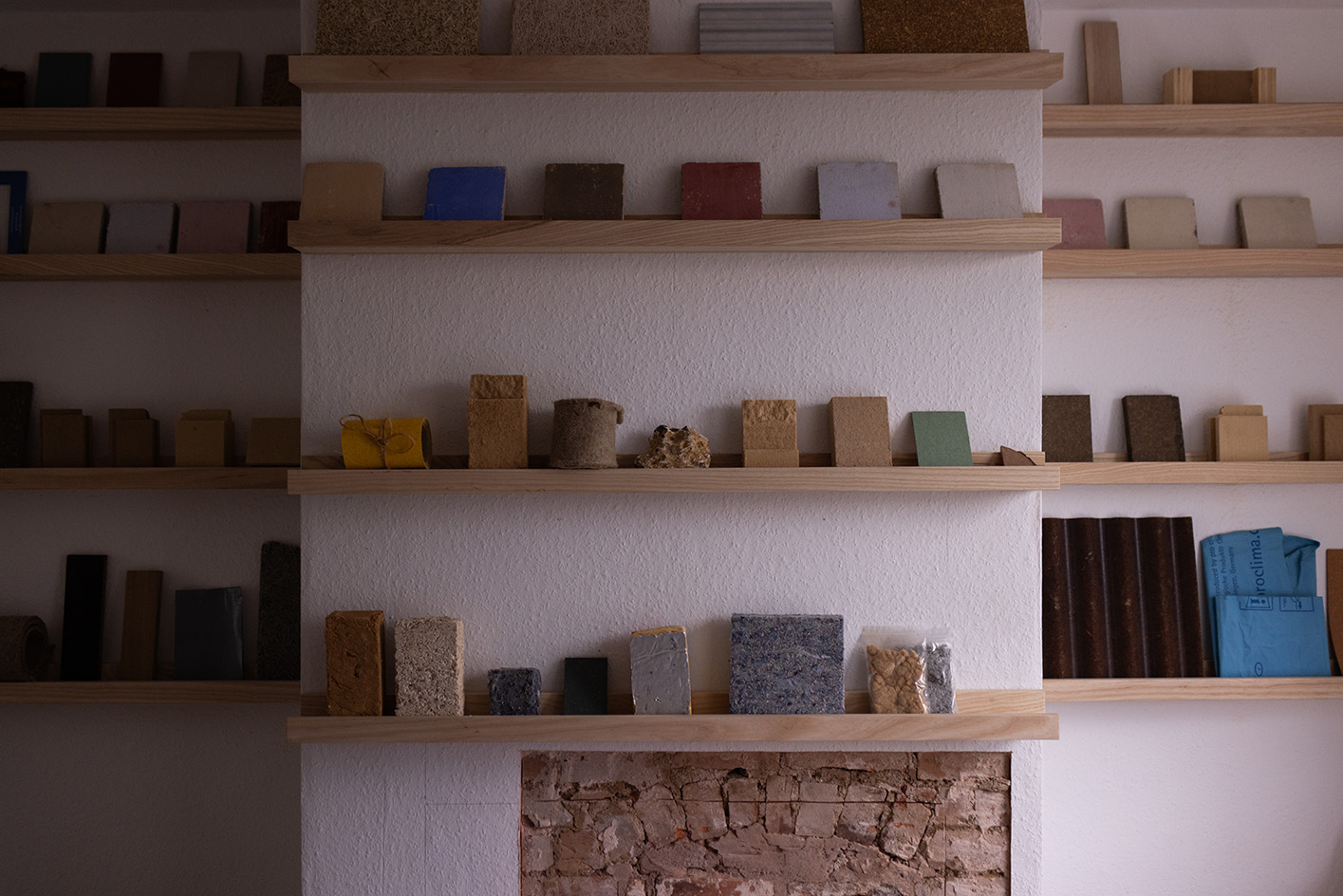 Take a tour of Retrofit House, the live showcase inspiring sustainable homebuilding
Take a tour of Retrofit House, the live showcase inspiring sustainable homebuildingRetrofit House, a showcase for residential redesign using biomaterials and environmentally smart methods, opens in Birmingham, UK, spearheaded by Civic Square, Dark Matter Labs and Material Cultures; we paid it a visit
-
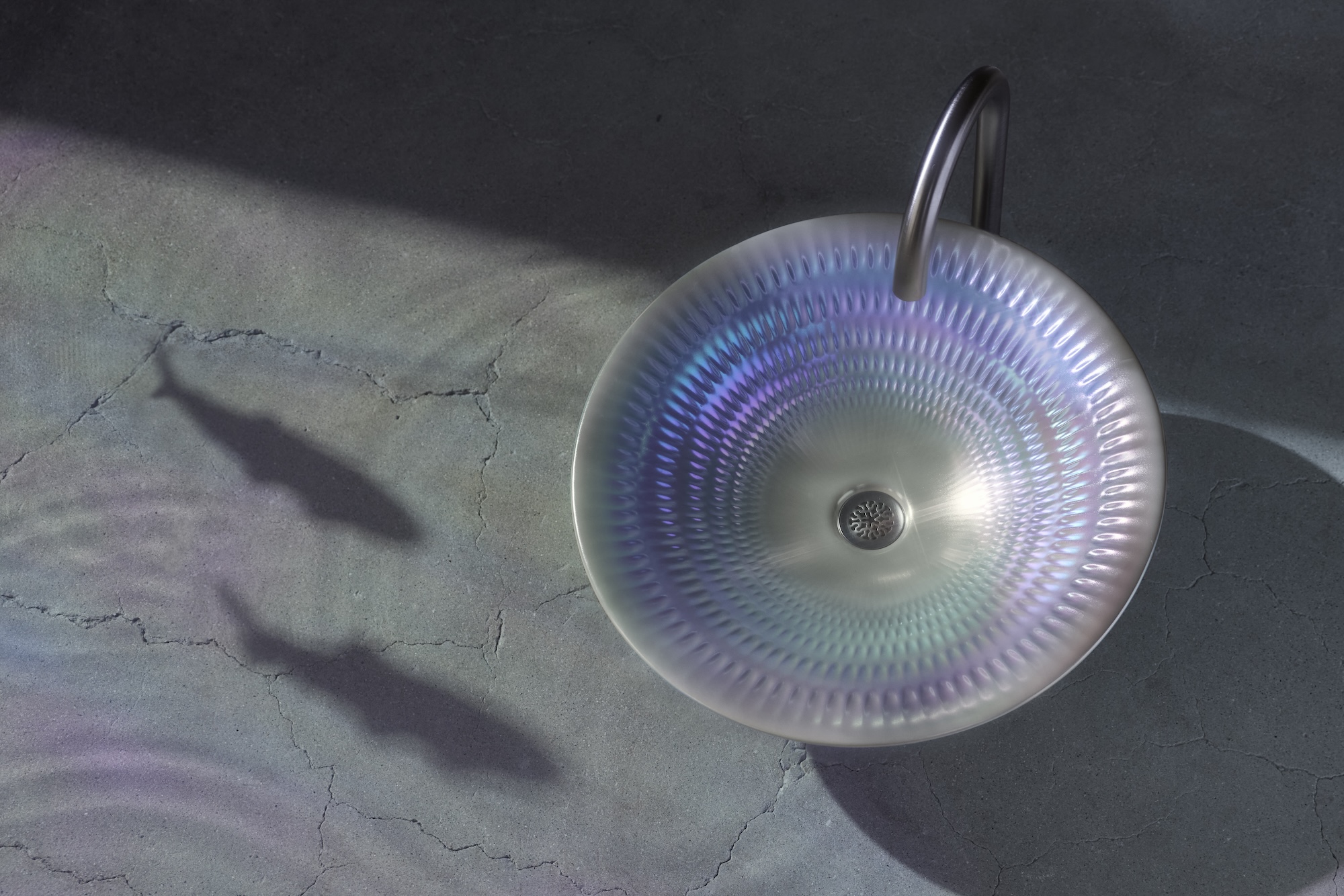 Kohler unveils ‘Pearlized,’ an iridescent new finish with an under-the-sea backstory
Kohler unveils ‘Pearlized,’ an iridescent new finish with an under-the-sea backstoryArtist David Franklin was inspired by glimmering fish scales and sunsets for this mesmerising debut
-
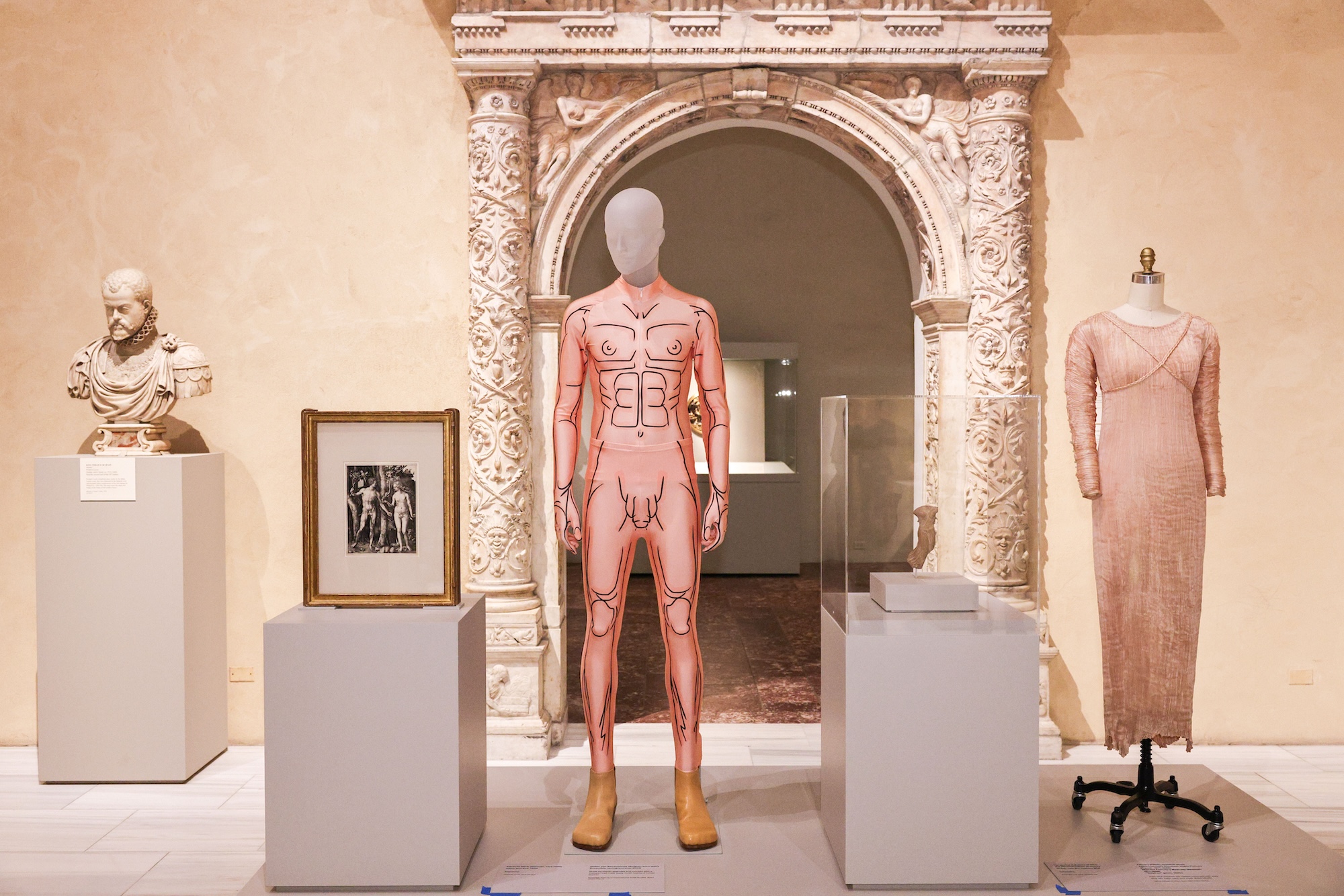 The Met reveals its 2026 Costume Institute show along with another major milestone
The Met reveals its 2026 Costume Institute show along with another major milestoneThe First Monday in May just became a much bigger deal...
-
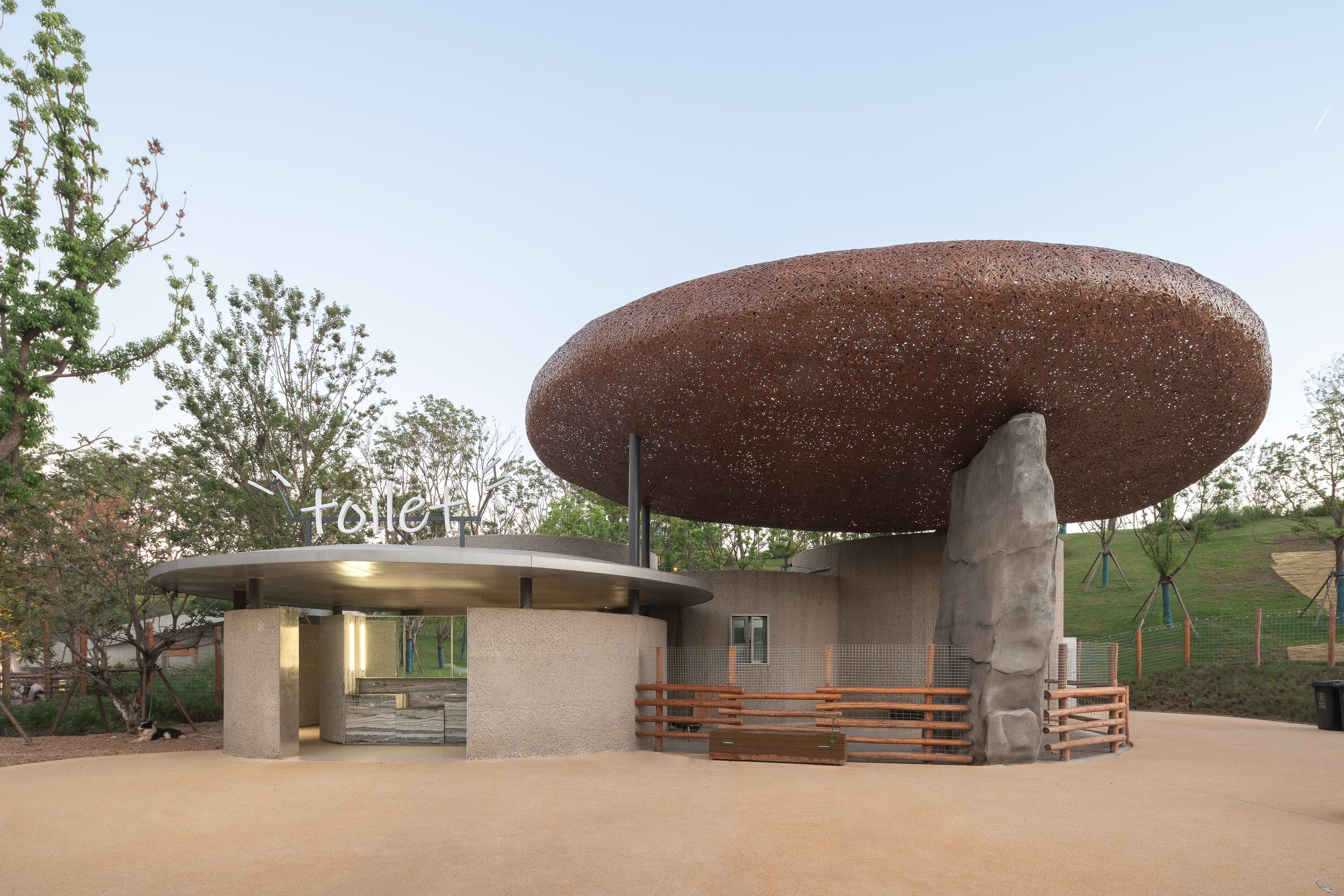 Tour this Chinese eco-farm, an imaginative wonderland connecting visitors with nature
Tour this Chinese eco-farm, an imaginative wonderland connecting visitors with natureLuxeIsland Farm by Various Associates is an eco-farm and visitor attraction in China’s picturesque Wuhan region; take a stroll across its fantastical landscape
-
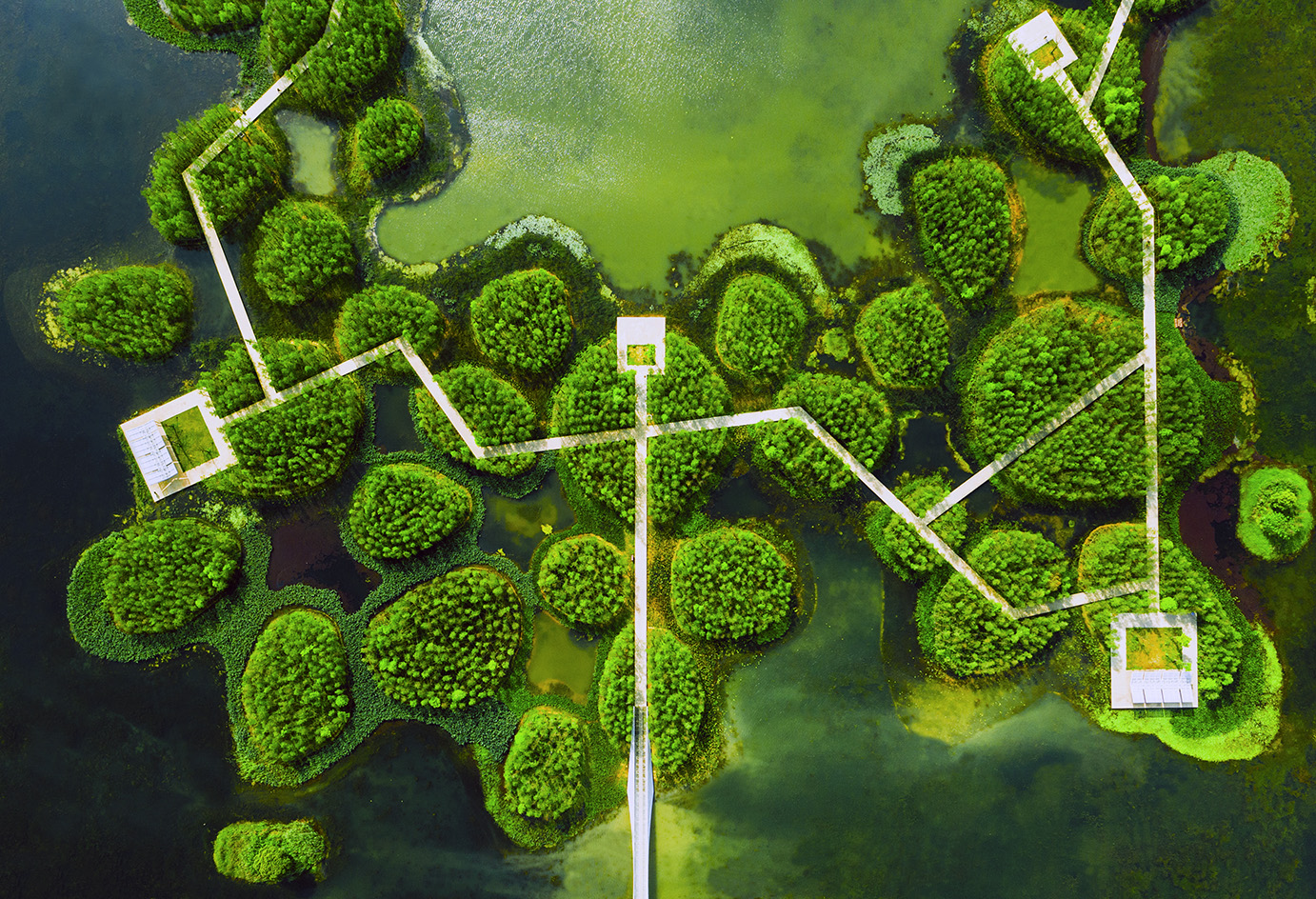 Honouring visionary landscape architect Kongjian Yu (1963-2025)
Honouring visionary landscape architect Kongjian Yu (1963-2025)Kongjian Yu, the renowned landscape architect and founder of Turenscape, has died; we honour the multi-award-winning creative’s life and work
-
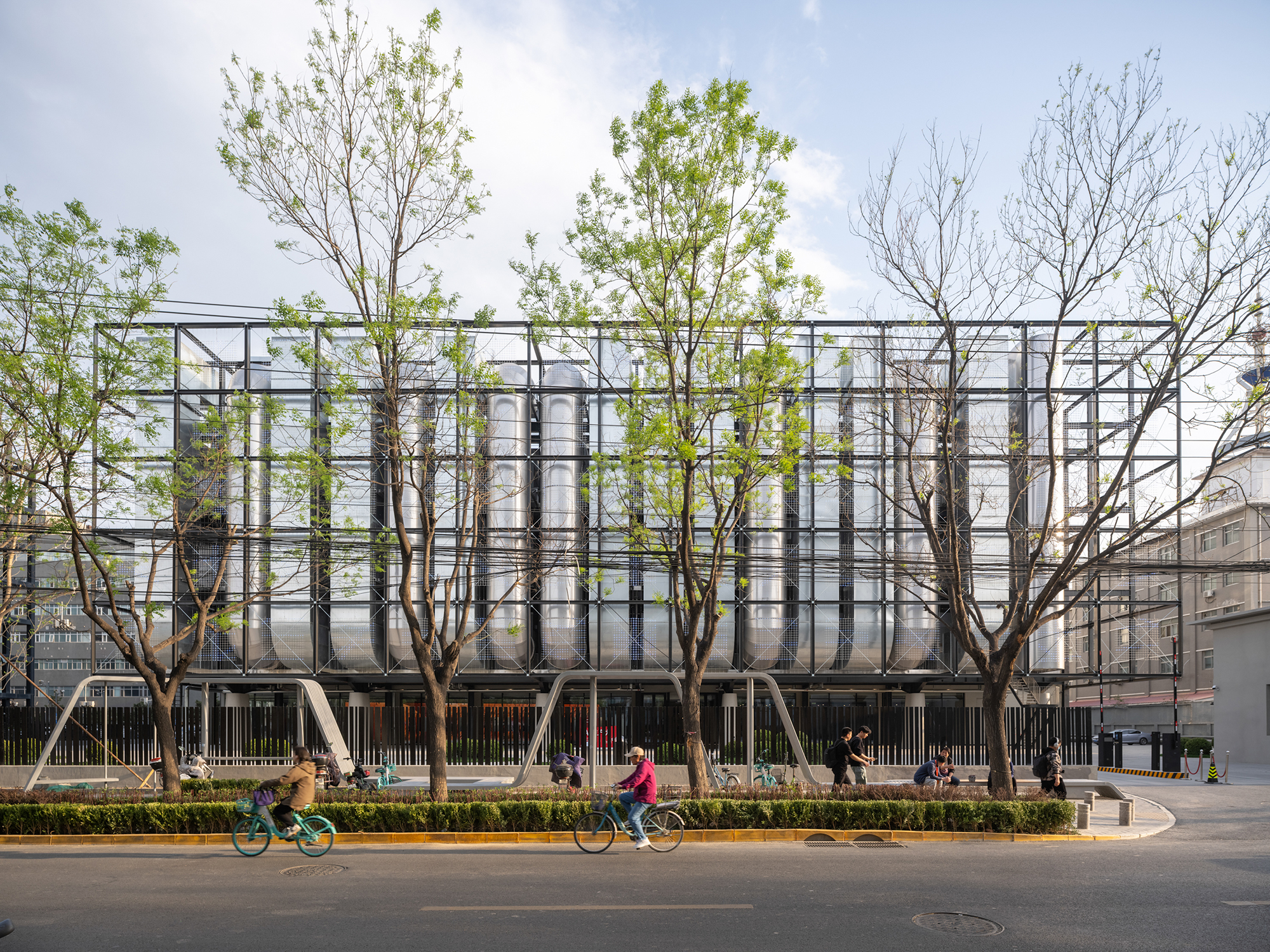 A new AI data centre in Beijing is designed to evolve and adapt, just like the technology within
A new AI data centre in Beijing is designed to evolve and adapt, just like the technology withinSpecialised data centre Spark 761, designed by llLab, is conceived as a physical space where humans and AI technology can coexist
-
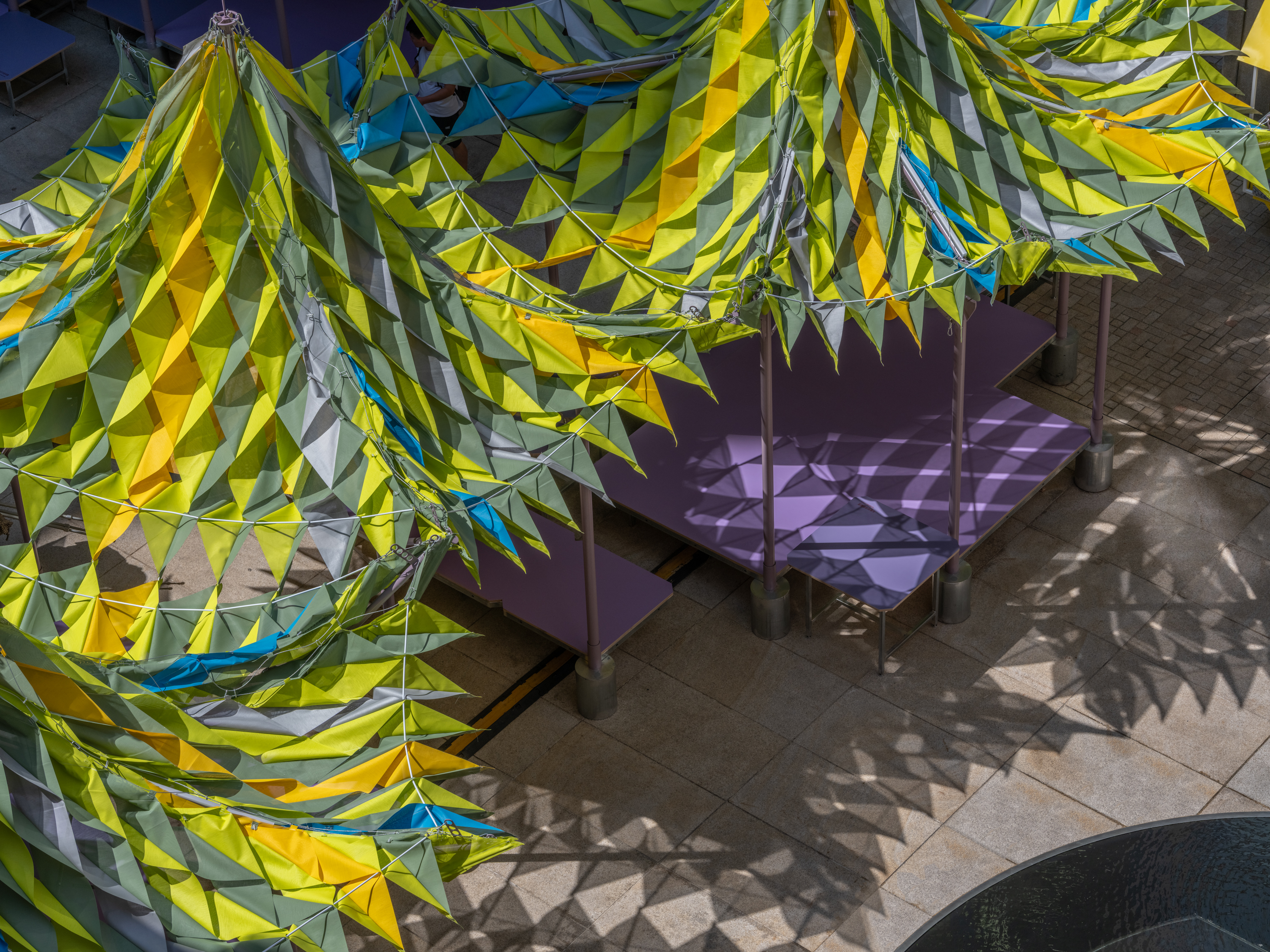 Shanghai’s biennial, RAMa 2025, takes architectural exploration outside
Shanghai’s biennial, RAMa 2025, takes architectural exploration outsideRAMa 2025, the architecture biennial at Rockbund Art Museum in Shanghai, launches, taking visitors on a journey through a historic city neighbourhood – and what it needs
-
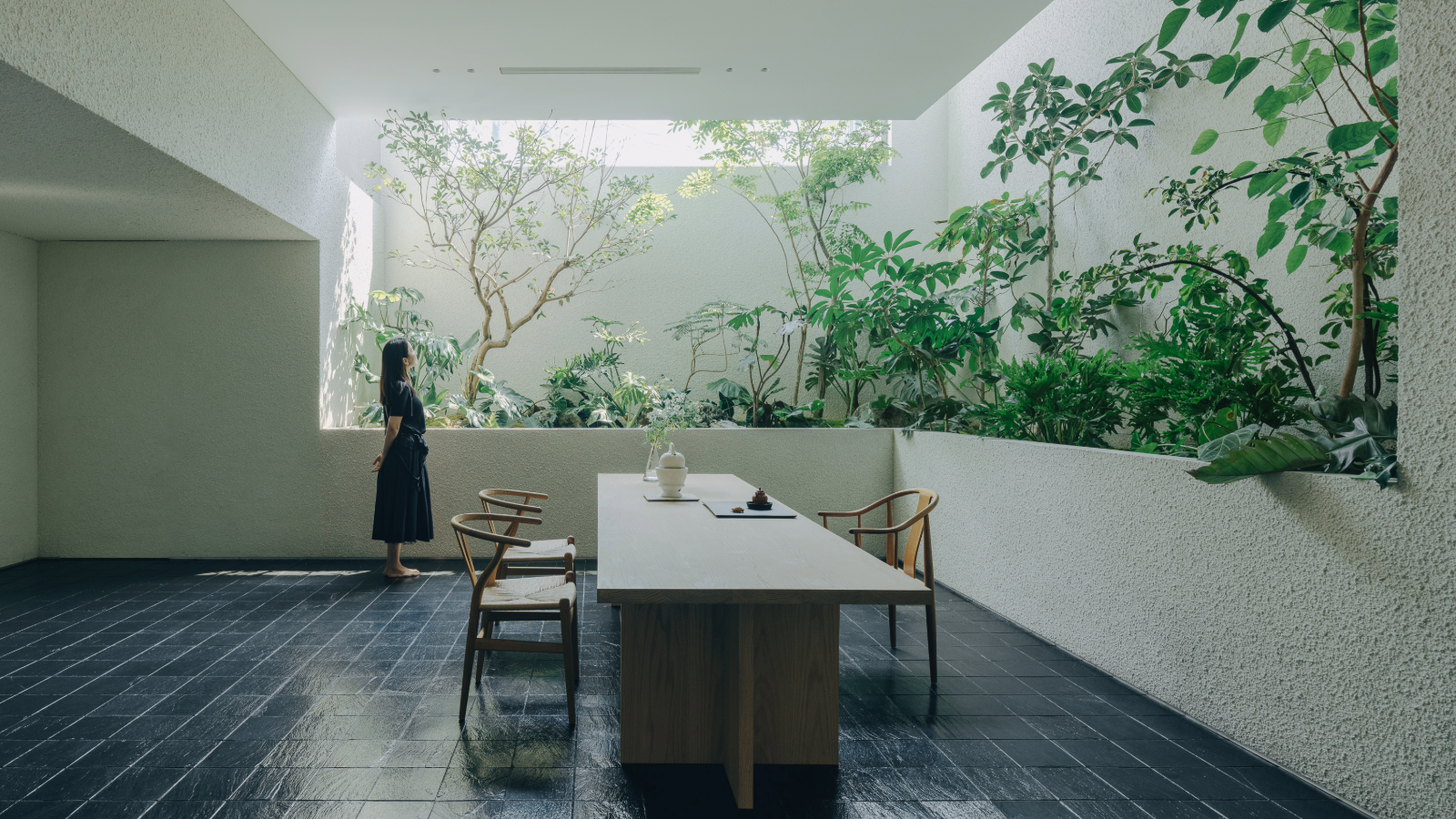 Atelier About Architecture’s ‘house within a house, and garden within a garden’
Atelier About Architecture’s ‘house within a house, and garden within a garden’House J in Beijing, by Atelier About Architecture, is an intricate remodelling complete with a hidden indoor garden and surprising sight lines
-
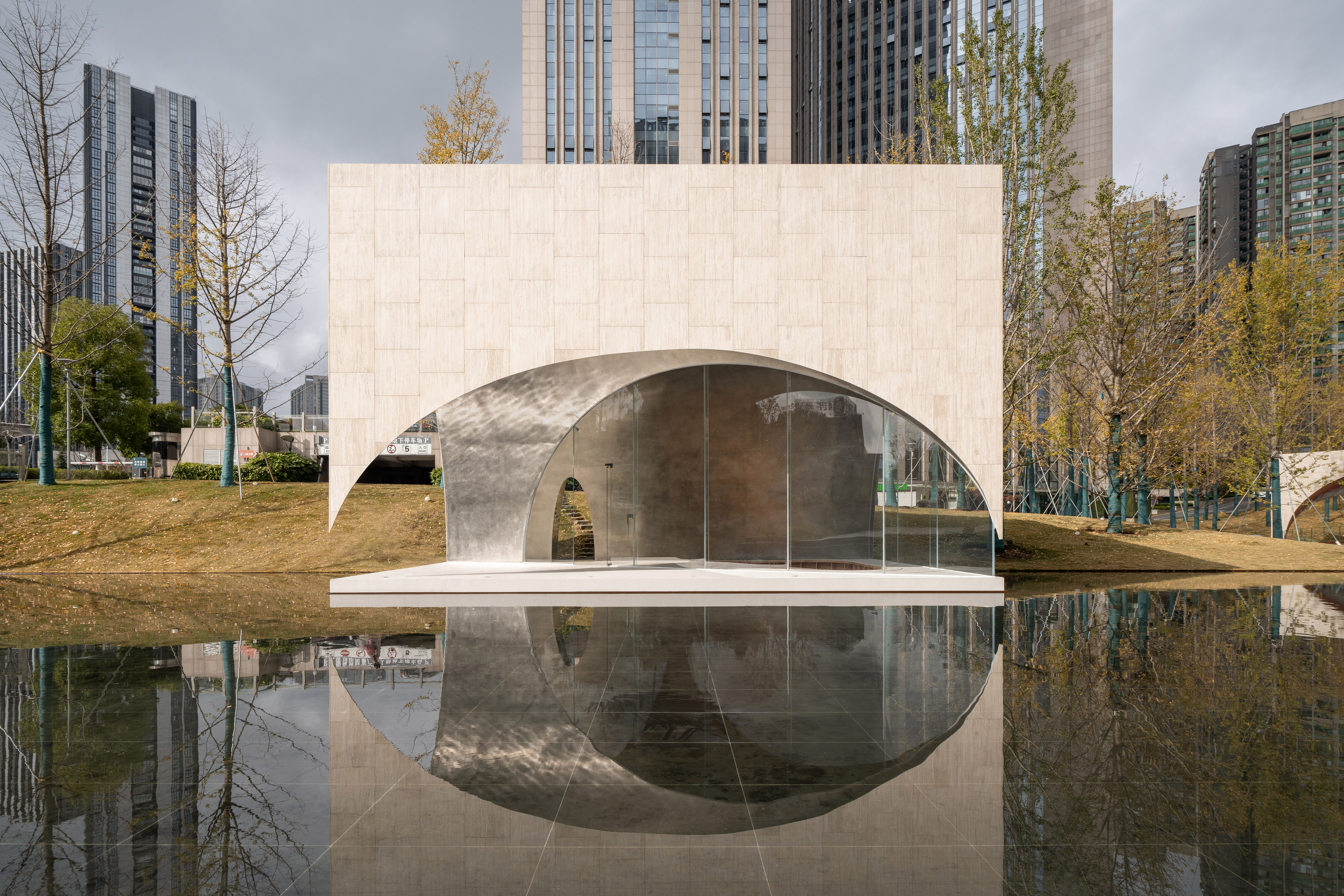 A nature-inspired Chinese art centre cuts a crisp figure in a Guiyang park
A nature-inspired Chinese art centre cuts a crisp figure in a Guiyang parkA new Chinese art centre by Atelier Xi in the country's Guizhou Province is designed to bring together nature, art and community
-
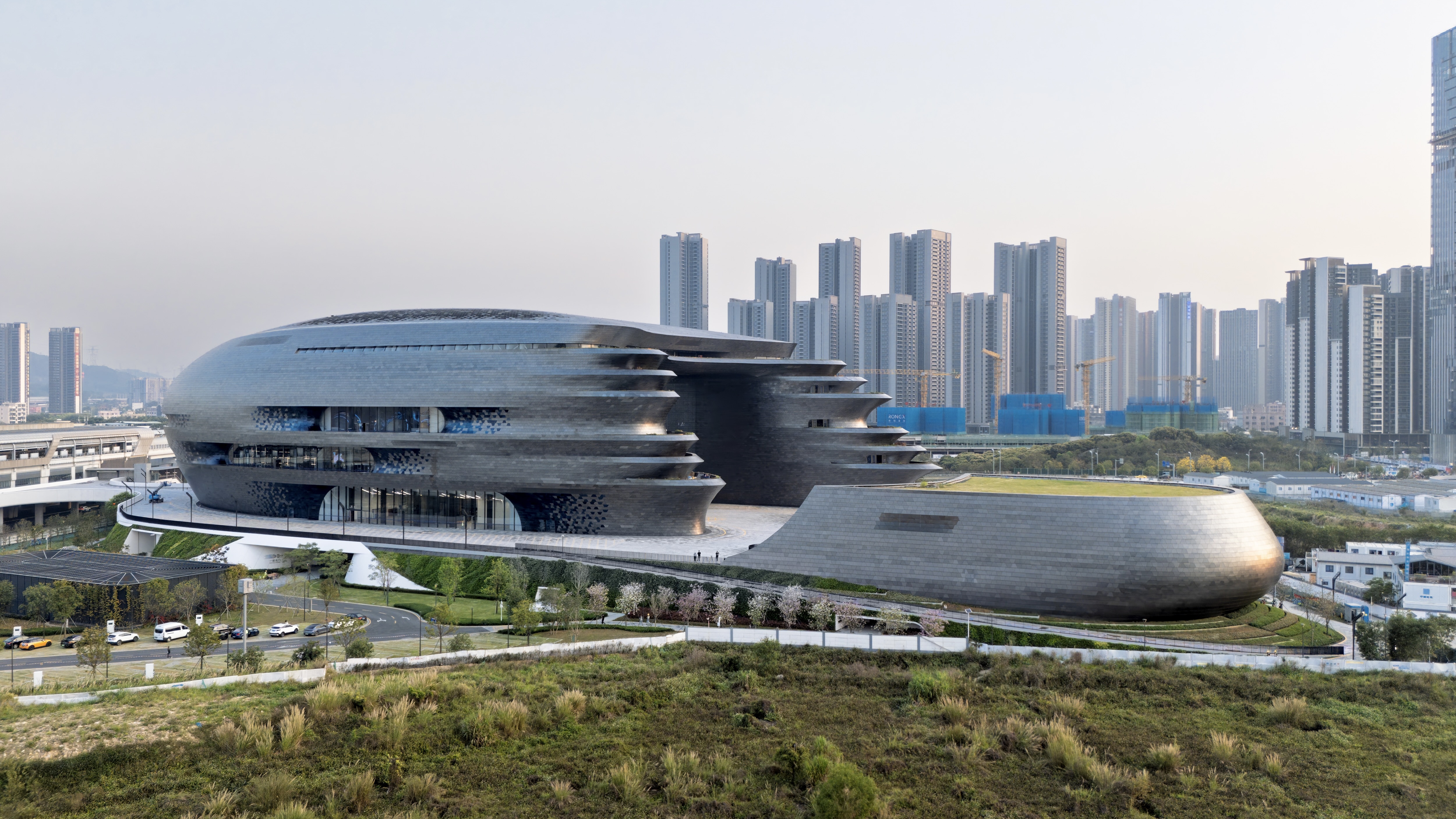 Zaha Hadid Architects’ spaceship-like Shenzhen Science and Technology Museum is now open
Zaha Hadid Architects’ spaceship-like Shenzhen Science and Technology Museum is now openLast week, ZHA announced the opening of its latest project: a museum in Shenzhen, China, dedicated to the power of technological advancements. It was only fitting, therefore, that the building design should embrace innovation
-
 A Xingfa cement factory’s reimagining breathes new life into an abandoned industrial site
A Xingfa cement factory’s reimagining breathes new life into an abandoned industrial siteWe tour the Xingfa cement factory in China, where a redesign by landscape architecture firm SWA completely transforms an old industrial site into a lush park